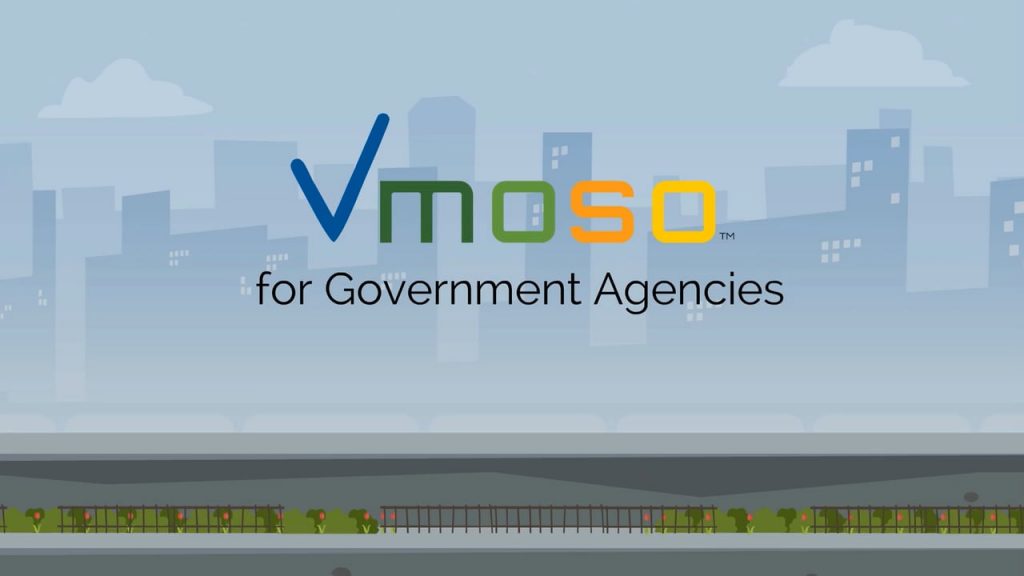That government should learn from and behave more like the private sector is a common refrain from many advocating for a smaller and more efficient public sector. While there are many areas where governments must lead and act as public entities (police and the military immediately come to mind), adopting tools, technologies and processes used in the private sector will improve how nearly all government employees work. For-profit companies have already begun migrating to enterprise-grade communication and collaboration tools to enhance knowledge workers’ daily activities. Government agencies—large and small, local and federal—need to take the same step to work more efficiently.
A safe and secure collaboration solution will provide agencies with a platform for stakeholders to collaborate throughout the entire organization, connecting internal and external audiences to each other and to the agency. Information is contained in a single source of truth, more people are informed and engaged in the process, and faster decision-making occurs. Time is saved, work gets done more quickly, and information becomes knowledge which is more easily transferred to new agency personnel.
For some agencies, their primary mission is called into action when a crisis occurs, but their work involves months or years of ongoing preparedness, engagement with other agencies throughout the government, and side-by-side teamwork with hundreds of local and regional offices. Email, the current form of business communication used by most agencies, is static and non-collaborative. People and teams are siloed, pushing information out when it’s completed. However, organizations of all sizes, including government agencies, should encourage and promote a culture focused on high-touch engagement and collaboration in order to work more efficiently. An earlier and wider inclusion of people into discussions, policy and program development connects decision-makers with stakeholders and thought leaders. More information is exchanged, which creates perpetual growth and learning opportunities.
Agencies must communicate internally and externally with peers, other government organizations and the public. Information that is streamlined and organized, into a single source of truth, is distributed more easily and the most current versions of files are always discoverable. Using an enterprise collaboration tool, built with communication, workflow, document organization and security at the forefront, will allow government workers to conduct business more efficiently. Increased efficiency will save time and money—two challenges constantly plaguing government agencies of all sizes.
A strong argument can be made for the early adoption of mobile-centric enterprise collaboration tools by the public sector. Government agencies make mission-critical decisions more often than in the private sector. When more perspectives are shared and more subject matter experts participate in the process, better and faster decisions are made. Traditional tools like email will not accomplish this goal. Using consumer chat and instant messaging tools are also not an option for data security reasons. However, when briefing legislators, engaging peer agencies, or meeting with staff at the local and regional level, many government workers are not confined to offices or cubicles. As a result, they need secure mobile tools as much or more than a knowledge worker in a private sector organization. Being able to seamlessly move between desktop to mobile applications is a critical requirement.
Vmoso, BroadVision’s leading mobile-centric communication and collaboration platform, focuses on these challenges and more. Meetings are a thorn in the side of the private sector, but government agencies have even stricter attendance requirements, making them mandatory yet more difficult to schedule. Vmoso allows for virtual collaboration, reducing the need for some physical meetings. Discussions and information from meetings that do occur are transformed into actionable knowledge within secure Vmoso tasks, posts and chats. Vmoso saves time and money—less travel, greater engagement and more productivity. It is a secure and cost-effective solution.
Vmoso also replaces the black hole of information buried in emails. Government work is ongoing and agencies are constantly devising, revising and improving upon previous work. Email information is static and often fails to reach outside a specific group. Vmoso helps circulate ideas and conversations from one team which may be valued throughout the agency or by peer agencies facing similar challenges, while also protecting sensitive information from leaving confidential groups. Email also has some security flaws and has proven time and again that it is the wrong tool for sharing confidential data.
Vmoso is the solution that provides persistent value, works naturally within your organization structure, encourages collaboration, and even serves as a project management tool for internal and external communication. Vmoso saves time and money and creates operational efficiencies that reduce costs and government overhead.
Check out the latest Vmoso video that shows how Vmoso can help government organizations work more efficiently and securely from anywhere, anytime, and on nearly any device.

